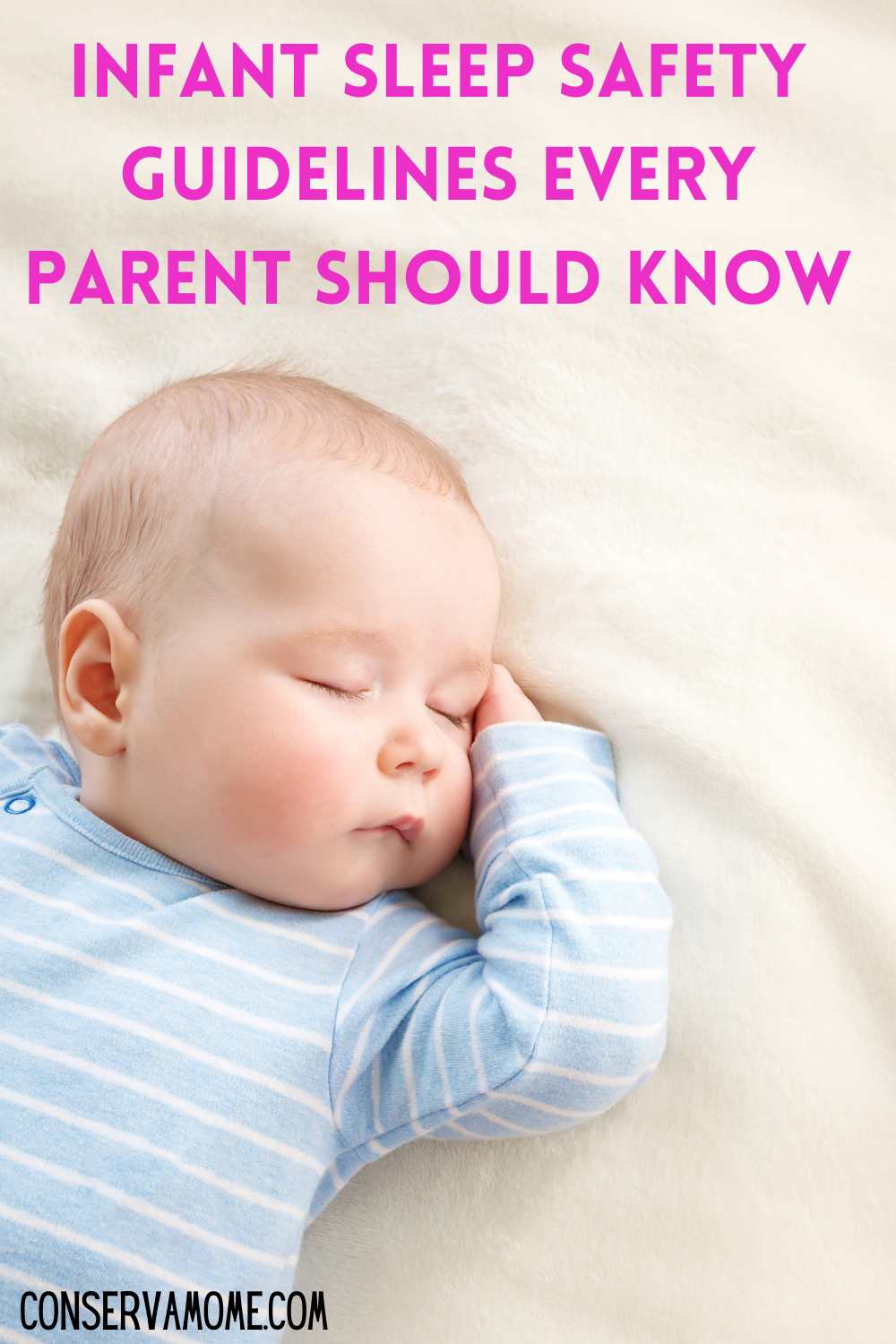Keeping your baby safe is one of the most important things a parent can do. Here are important Infant Sleep Safety Guidelines Every Parent Should Know.
Infant Sleep Safety Guidelines Every Parent Should Know.
Newborns are so vulnerable. This is especially true for when they are sleeping. Most experts agree that the risk of SIDs is particularly high when an infant is sleeping. So, naturally, this means that it is ultra-important to ensure that your baby is safe during this period of time.
The good news is that doctors and experts have been able to pinpoint a wide variety of things that you can do to improve your little one’s safety. These are the top guidelines that you should be following:
Pick New Cribs
It can be tempting to buy secondhand cribs, particularly if you are trying to keep costs down. However, this isn’t such a good idea. This is because regulatory agencies have made significant changes to safety standards over the last few years. Therefore, there is a good chance that older models simply don’t fit the bill.
This is why you should always buy the most up-to-date model available to you. Of course, even then, you should double check the safety standards. Also stay informed about any new alterations to safety codes or recalls. Fortunately, there are guides to help you with all of this. They can even show you the best options for your budget.
Make Sure Your Baby Sleeps on a Firm Surface, On Their Back
You will have probably heard that “back is best” when putting your baby down to sleep. Well, this is certainly true. Since this campaign was implemented, the number of SIDs cases has dropped by half. Thus, making sure that your baby is sleeping on his or her back can go a long way in keeping them safe.
So, why is this? Well, scientists aren’t entirely sure. However, they do believe that when babies are placed on their back, there is a lower chance of them re-inhaling the carbon dioxide that they have expelled.
This is also the reason that most experts will tell you to always place your baby on a firm mattress. This way, even if your baby does turn over in their sleep, the mattress doesn’t depress with the weight of the baby. Thus, this prevents pockets of carbon dioxide forming in front of your babies face.
Keep in mind, it isn’t safe to let your baby sleep in play pens, couches, your bed, or any other surface. For very young infants, bassinets may work. However, you shouldn’t leave them anywhere else.
Let Them Sleep in the Same Room as You
Sharing your room with your baby is no joke. It can often mean that you are woken up more during the night. At the same time, research has shown that taking this measure can lower the rate of SIDs. This can be due to a number of reasons.
First, babies are less likely to drift off into a deep sleep when they share a room with their parents. Since some scientists say that SIDs can sometimes be the result of babies failing to rouse of a deep sleep, this is certainly helpful.
Also, when you are sleeping in the same room as your baby, you are more alert to the slightest changes. Thus, you can correct your baby’s sleep position or respond to some other issue quickly and efficiently.
Now, this sleeping arrangement doesn’t have to go on forever – just until your little one is around six months old. Bear in mind that you should never share your bed with your infant, though.
These are the main things that you can do to reduce the risk of SIDs with newborns. So, follow these guidelines and you may actually be able to sleep a little easier every night, knowing that your baby is safe.

Leave A Reply!